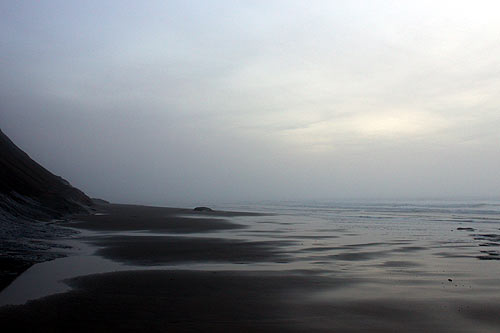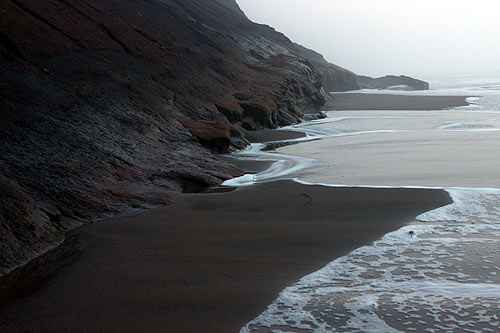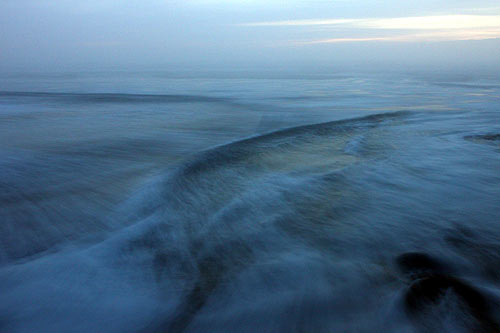EUREKA, Calif. (AP) -- A couple is dead and their 16-year-old son missing after being swept into the sea in Northern California while trying to save their dog.
A state Parks and Recreation superintendent said the family was at a beach north of Eureka Saturday afternoon when the dog was pulled into the water by ten foot waves while chasing after a stick.
Jones said the boy went after the dog, prompting his father to go after them. She said the teenager was able to get out, but when he didn't see his father, he and his mother went into the water looking for him.
Rescuers retrieved the mother's body and the father's body washed up. The Coast Guard is still searching for the son.
The dog survived.
My immediate reaction to the story is a feeling of waste. What a waste of lives! All three member of a happy family lost their lives in trying to save the dog and failed but the dog survived! The lesson to learn here is when you go to the beach, LEAVE THE DOG HOME! If you do take your dog to the beach and the dog got swept into sea by a wave remember THE DOG CAN HANDLE ITSELF BETTER THAN YOU! SAVE YOURSELF FIRST! Really it's not worth to risk your own life after the dog! Especially when the dog "was pulled into the water by ten foot waves while chasing after a stick." This is not the first case the owner of dog lost life trying to save the dog on a beach while the dog later came back alive and well. Please, please, please make this the last one that'll happen -- though it may not be realistic, but let's just hope!








